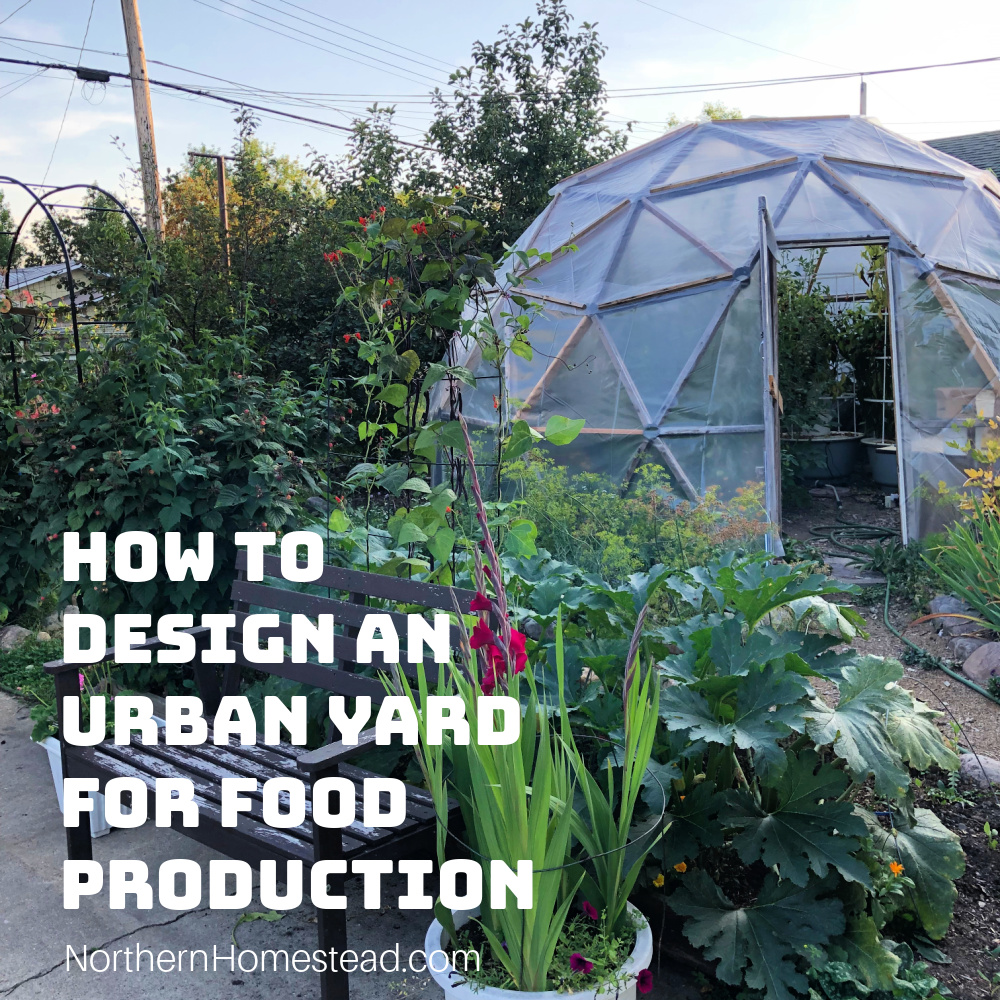
With food prices rising, you may wonder if you could grow some of your own food at home. Even if you only have an urban yard and little space, you’re not alone—this is the situation for many urban dwellers. We want to assure you that it is not only possible to grow your own food, but it can also be very rewarding. We ourselves cultivate a substantial amount of food right in our backyard. Here’s how to design your urban yard for food production.
Create a simple base map
To begin, you should understand the yard you have. Any permaculture design starts with a base map. You can go all out with this with exact measurements or keep it simple by roughly mapping the property, buildings, and mature trees on it. Also, note what trees or shrubs you would like to keep or which one can or should go in order to grow food. If you own the yard, there is a lot possible. But even if you are renting, you can still grow food.

Google Maps can be a great resource here. It shows the entire property from above. In case you are unsure, it also indicates where the north is at the top of the map and where the south is. If your yard has a back lane, don’t forget to include it. Back lanes are often dead spaces that can be used for growing food.
There are programs for designing a garden. In the pictures, we used a GrowVeg garden planner. VegPlotter is another option. A sheet of paper and pencil work, too. Don’t stress about doing it perfectly; Make it perfect for you.
Sector analyses
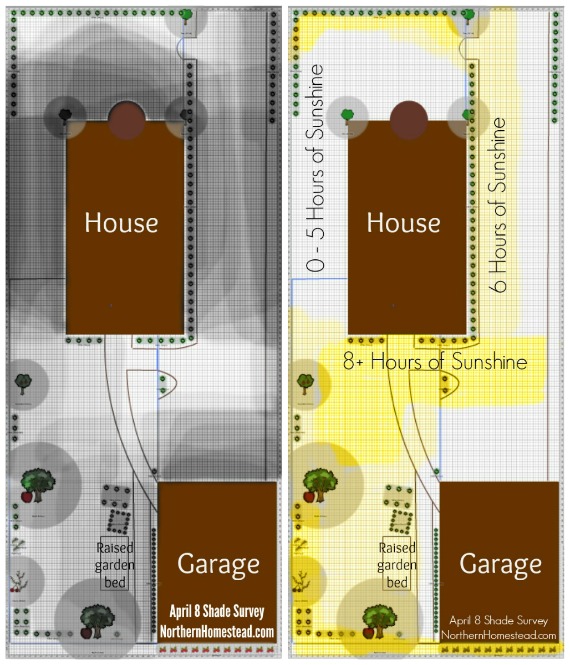
Next, you would like to understand better what your yard offers. If you have areas with standing water every spring or a windy or dry corner, please mark those on your map. Additionally, if you have pets or children who prefer certain areas, note those. Conducting a shade survey is also a great idea, as the vegetable garden needs to receive enough sunlight. Our permaculture design article has more pre-design analysis information if you are interested.

Sometimes, using the front yard for food production is prohibited. Know your bylaw. If in doubt, use the front yard for ornamental plants that still produce food, such as berries or fruit trees.
Write a Design Brief
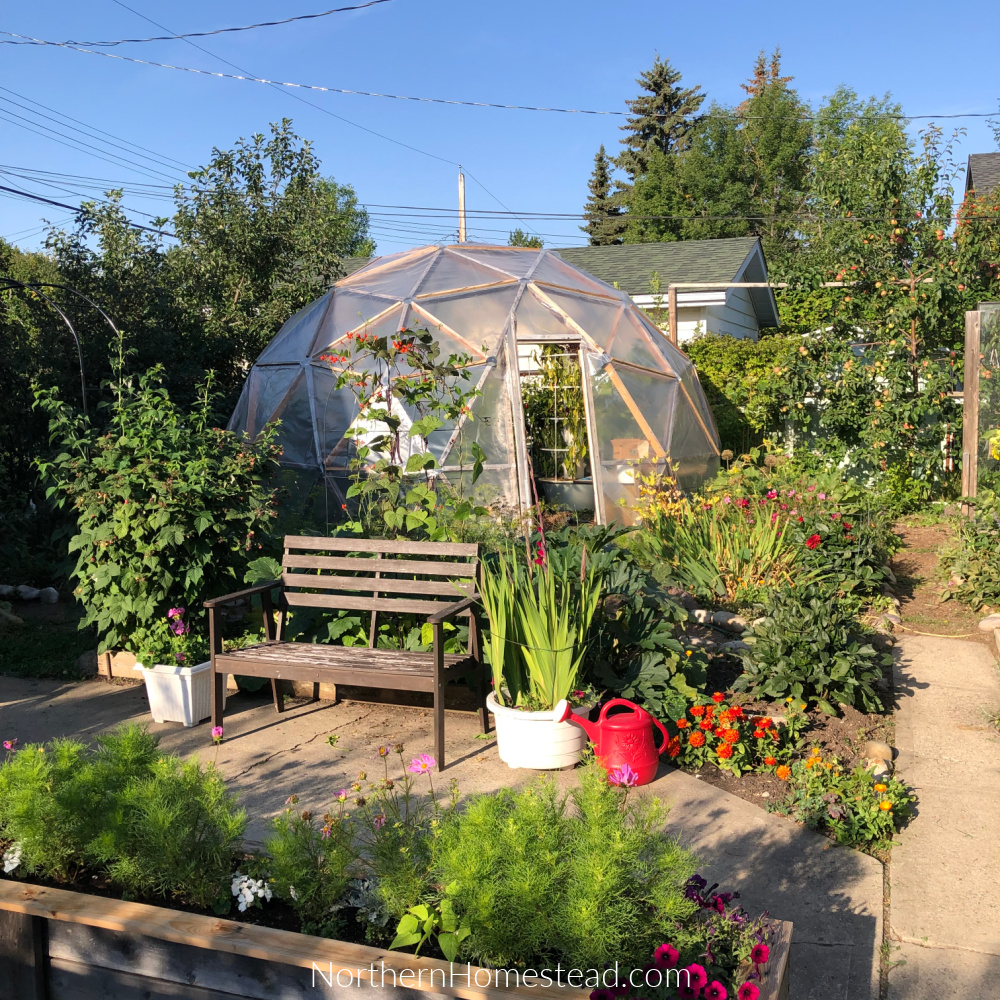
Once you have a solid idea of your yard, take the time to brainstorm what you would like to create in it. For instance, you might want to grow annual vegetables, perennial herbs, berries, and a fruit tree. You might dream of a greenhouse but have not yet seen it possible—list it! Additionally, consider the need for space for your pets, children, and entertainment and flowers for beauty and pollinators. Don’t be overly realistic in your list. There might be a lot more possible than you think. Find some inspiration in our article Turn a Yard into a Garden.
Make a garden design
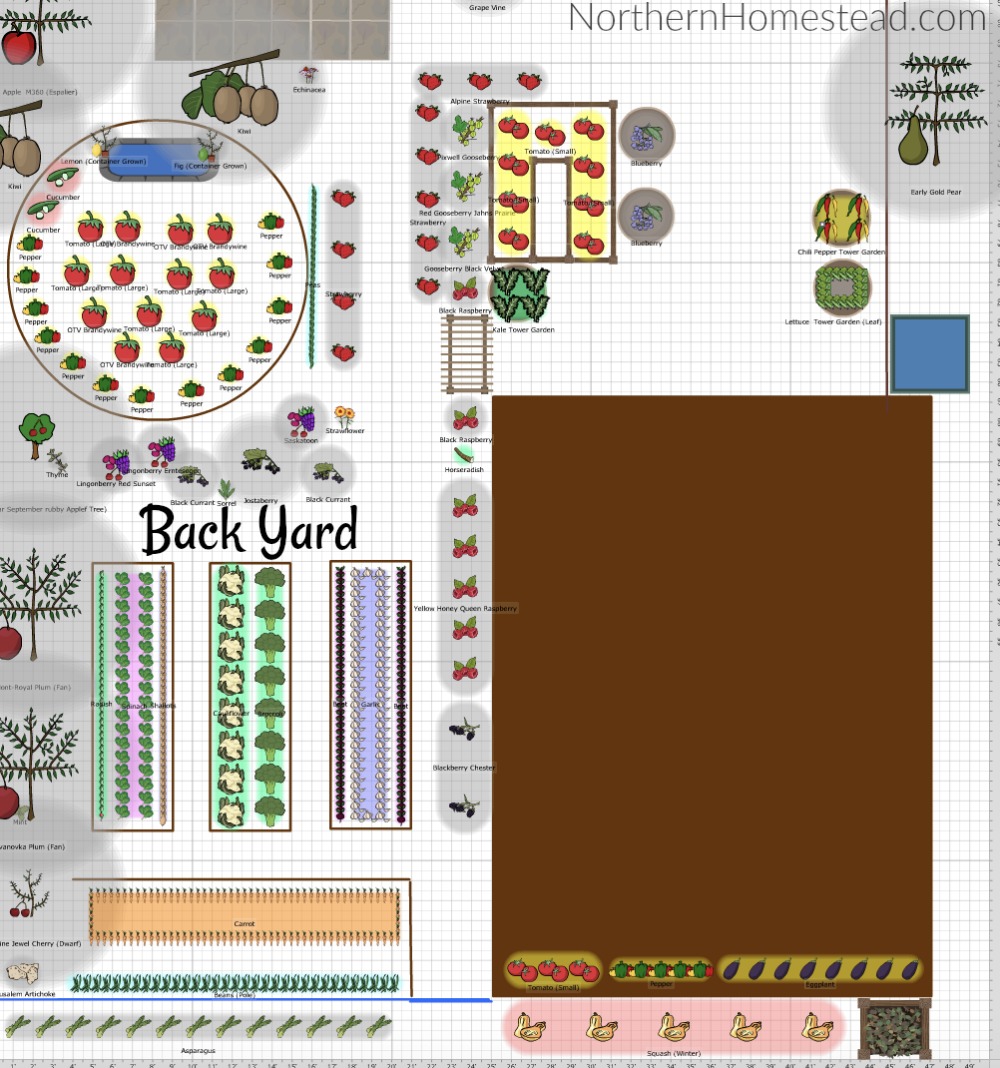
Start by dividing the yard into sections: one for entertaining, one for growing food, a future greenhouse, etc. Choose the shadier area for the entertainment space and the sunnier area for the garden. To separate the sections, you can plant a berry hedge.
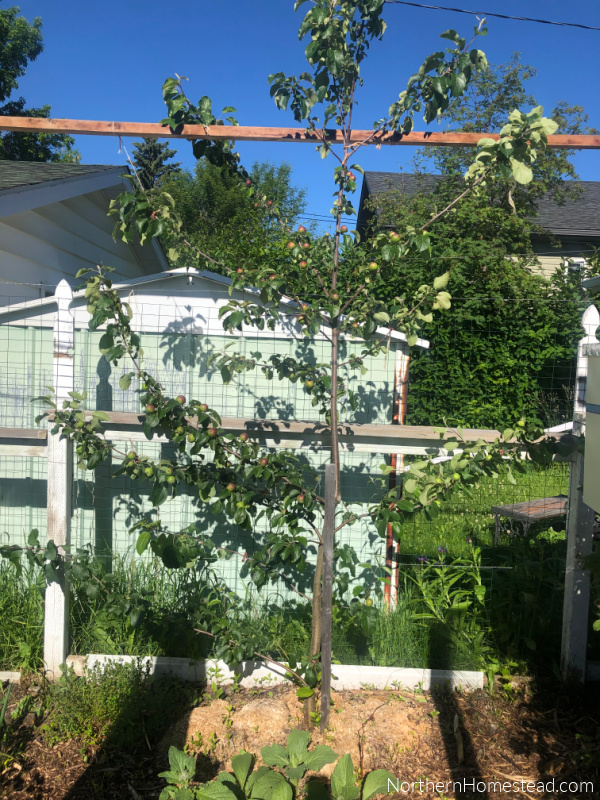
Plan fruit trees in the corner or along the property line. Trees provide shade for entertainment, windbreaks for the garden, and possibly added privacy if you train them as espalier. As mentioned, fruit and berries are especially suitable for the front yard.
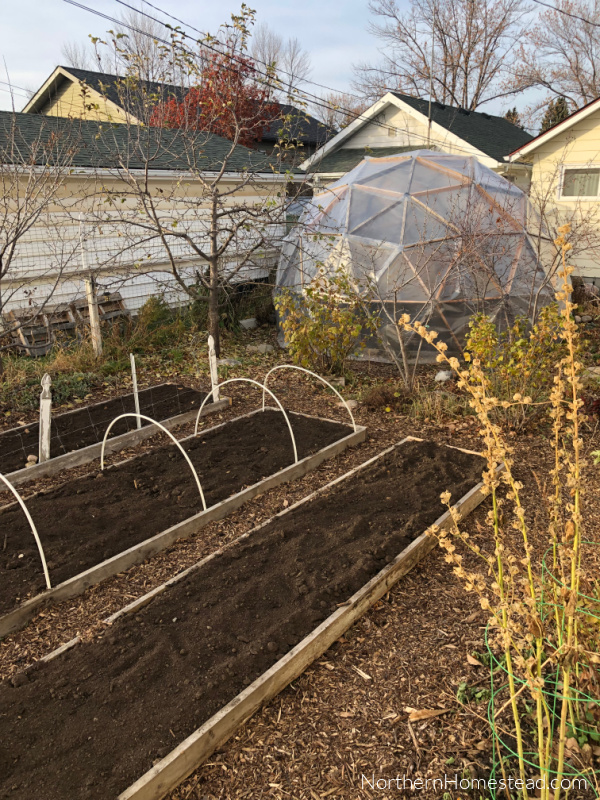
Raised beds are always a fantastic option for a backyard garden. They look neat and allow you to grow more by planting in a square-foot arrangement rather than just in rows. Read more about building raised beds in the article Replace your own with food production.
Before finalizing your design, walk into your yard and reflect on your plans. Are there areas that need more attention or may not work as intended? For example, if there is a low spot that puddles every time it rains, can you lead the water into a rainwater collection system?

Once you understand your design well, start implementing it. You don’t have to do everything at once, but having a plan will help guide you as you build on it. Our yard has gone through many phases of transformation. Don’t hesitate to make changes if you see something isn’t working. After all, it is your yard and should work for you.
We invite you to subscribe to Northern Homestead and follow us on Instagram, Facebook, or Pinterest for the latest updates.

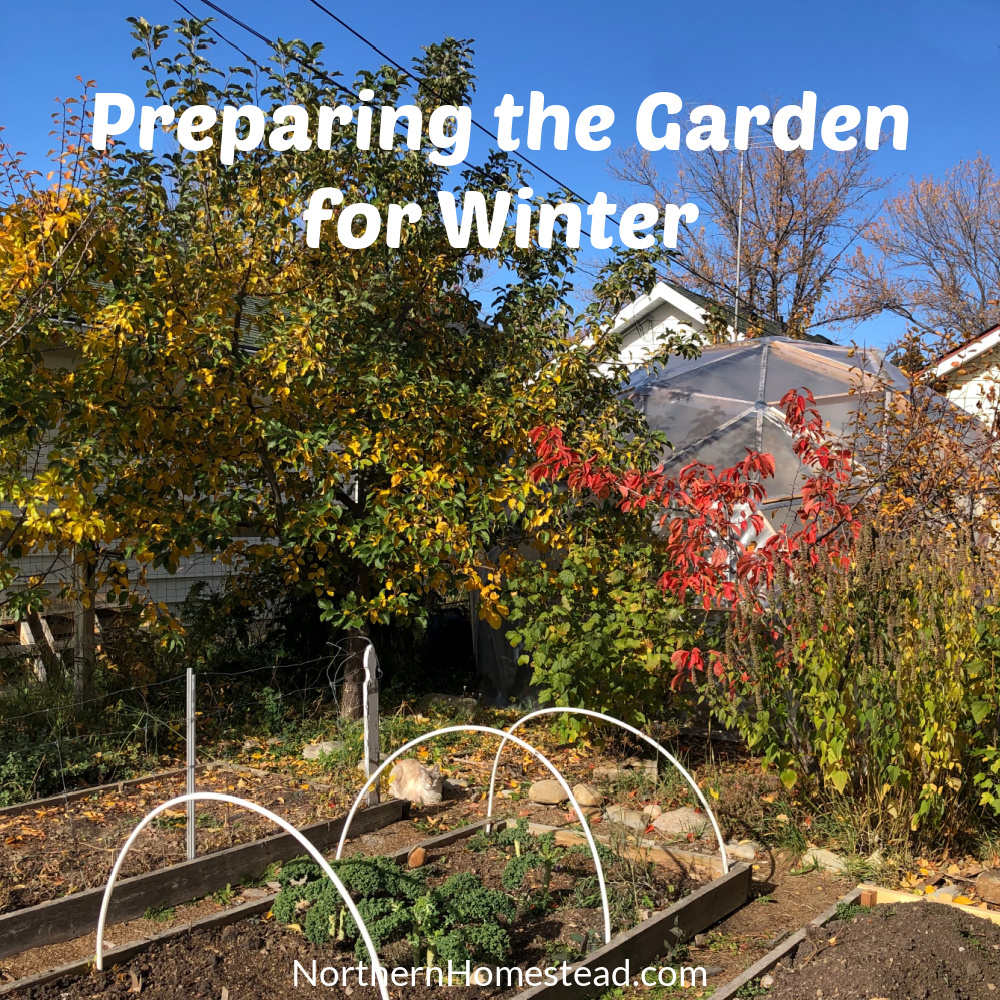
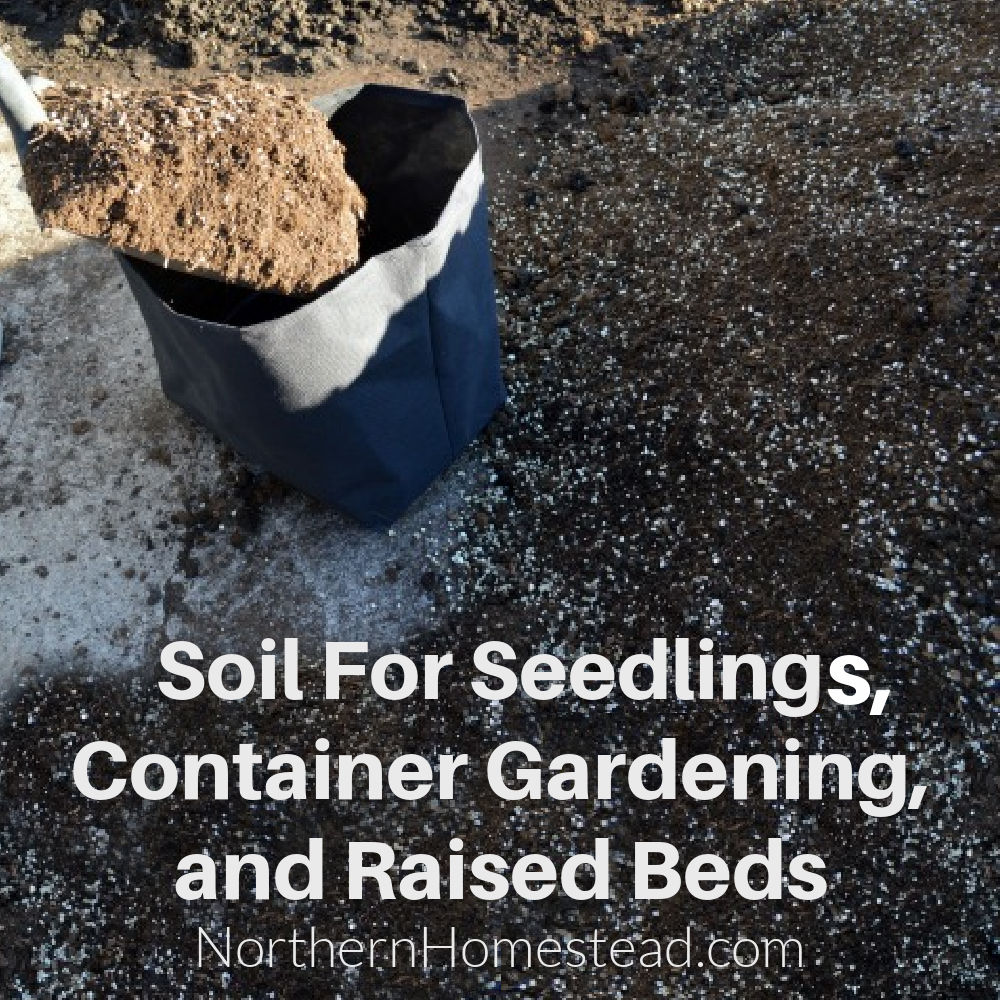
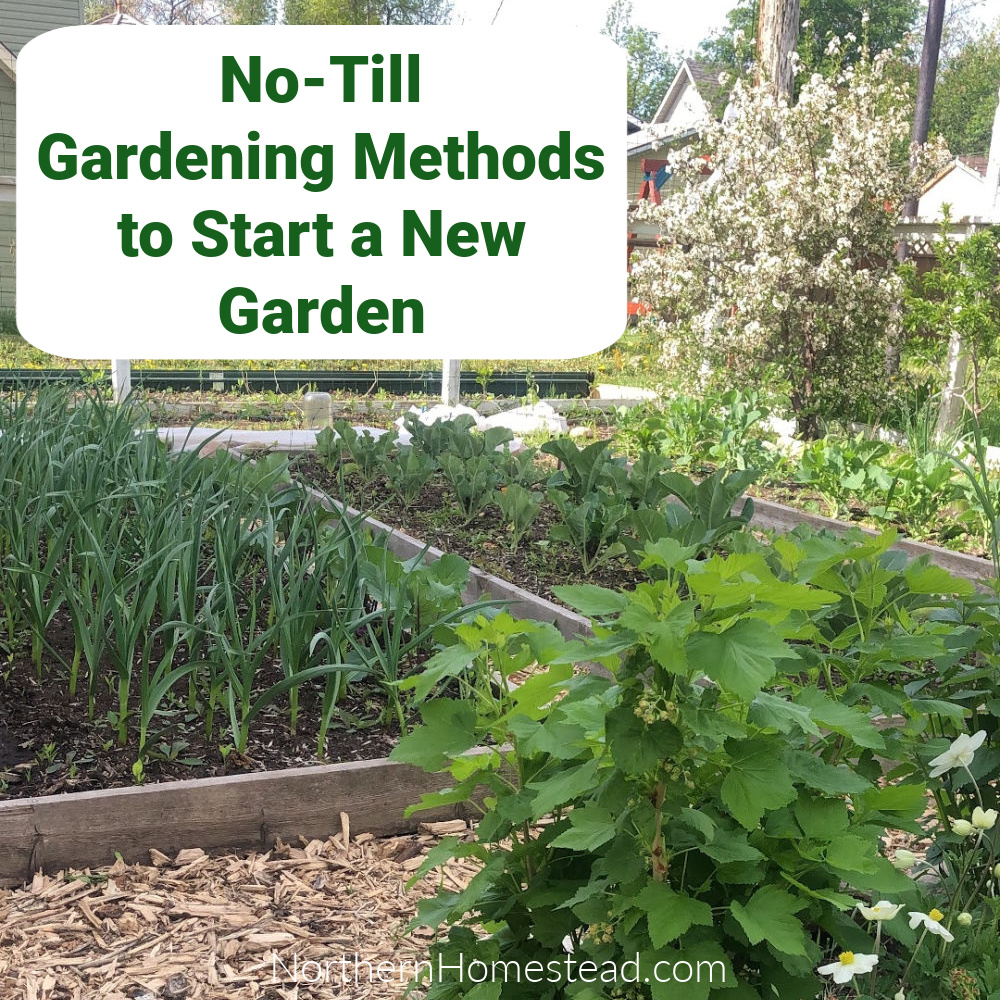
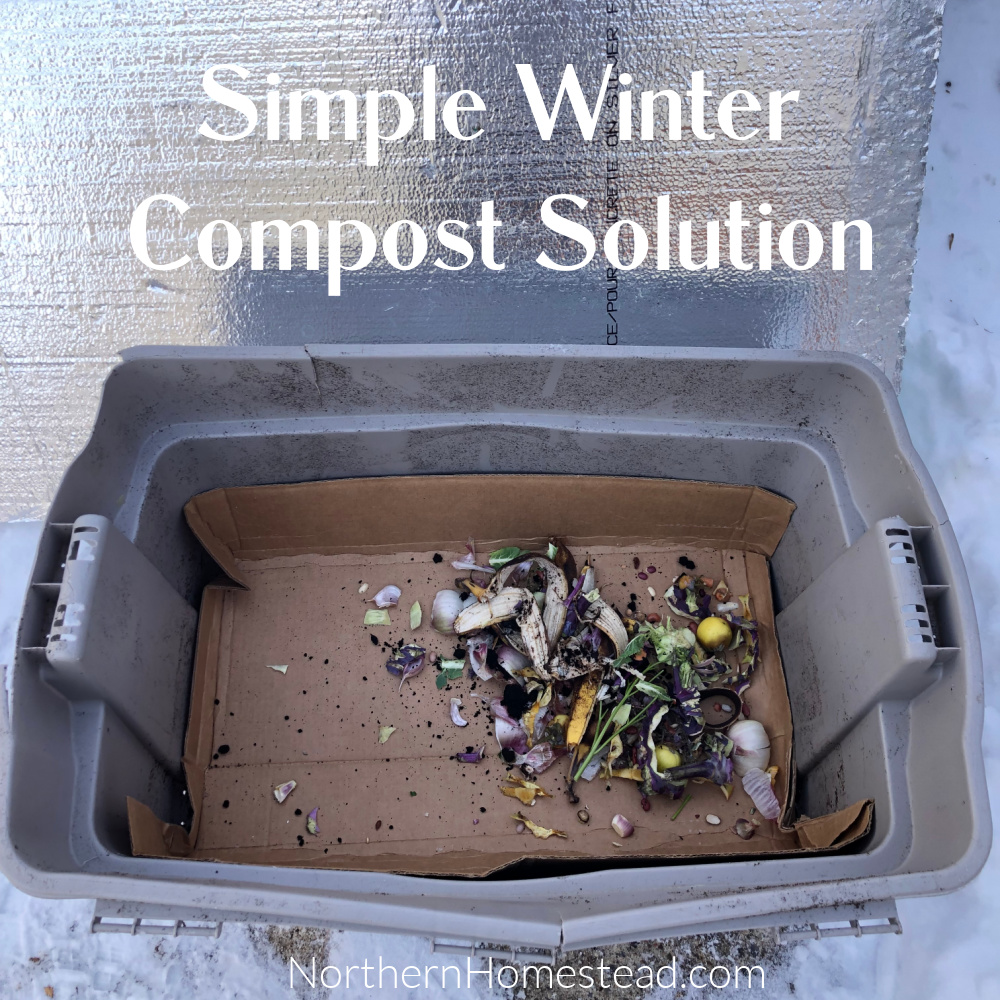
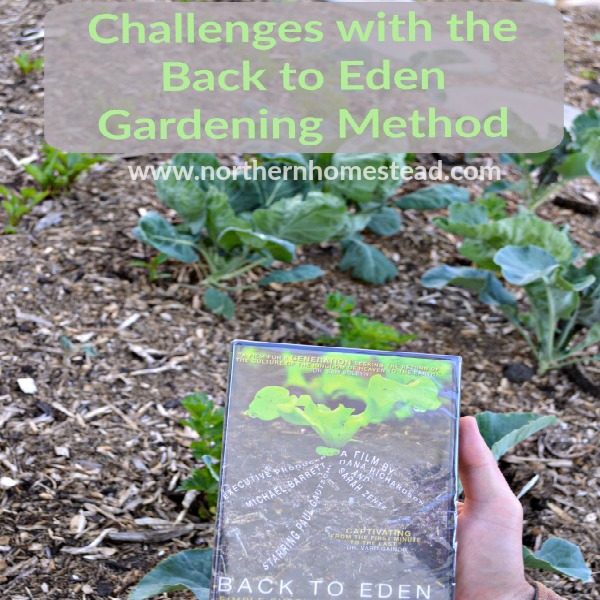
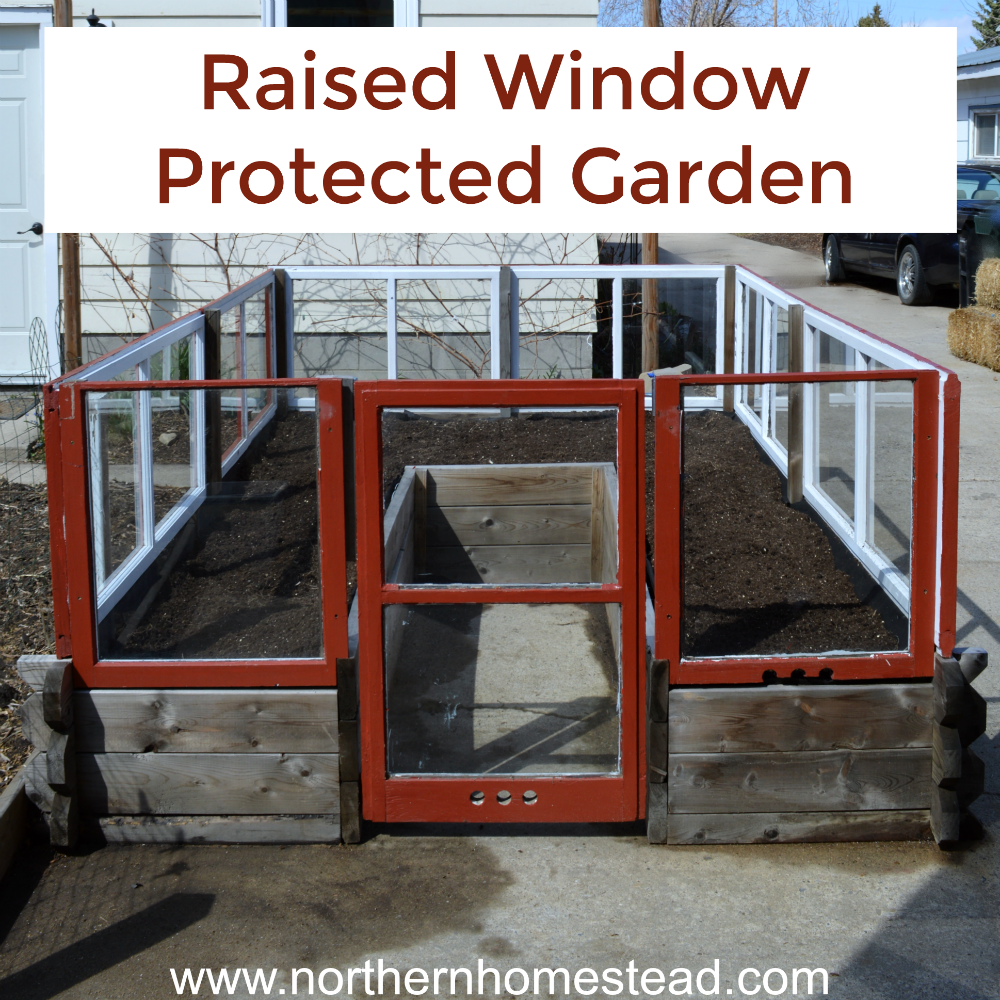
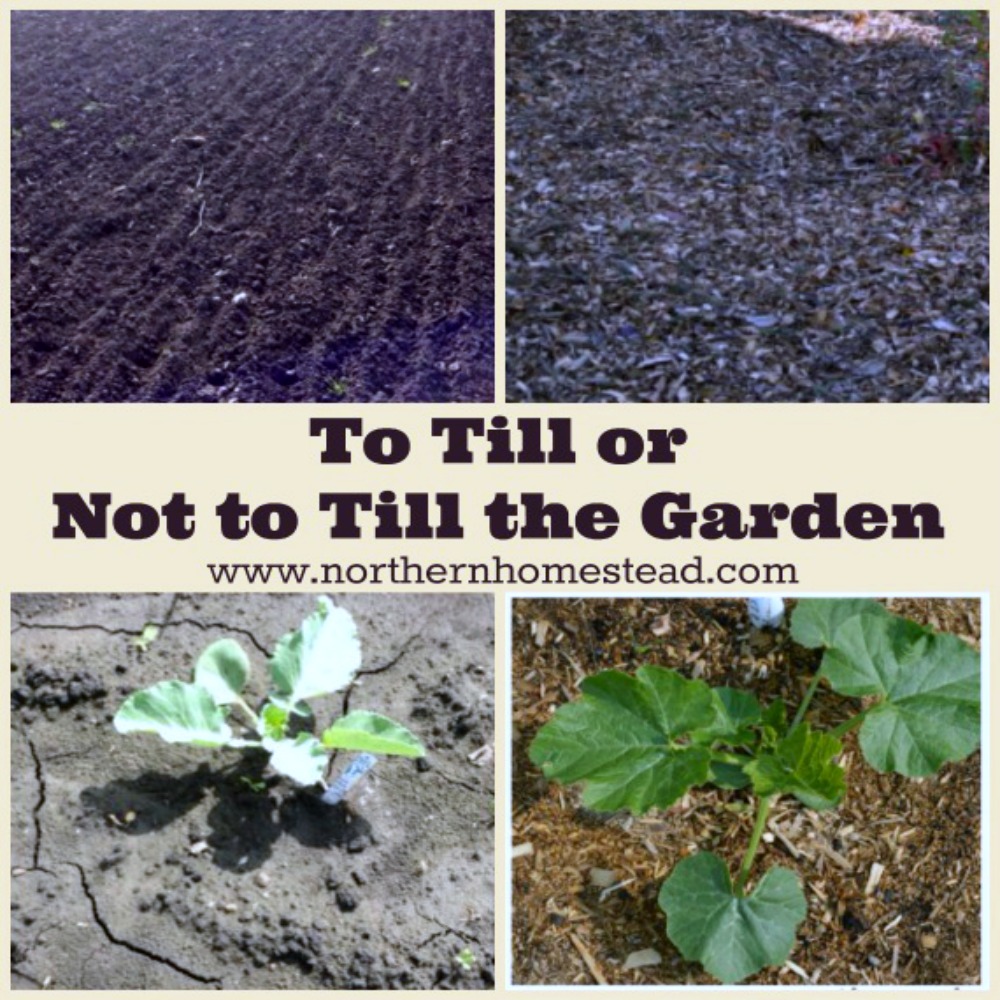
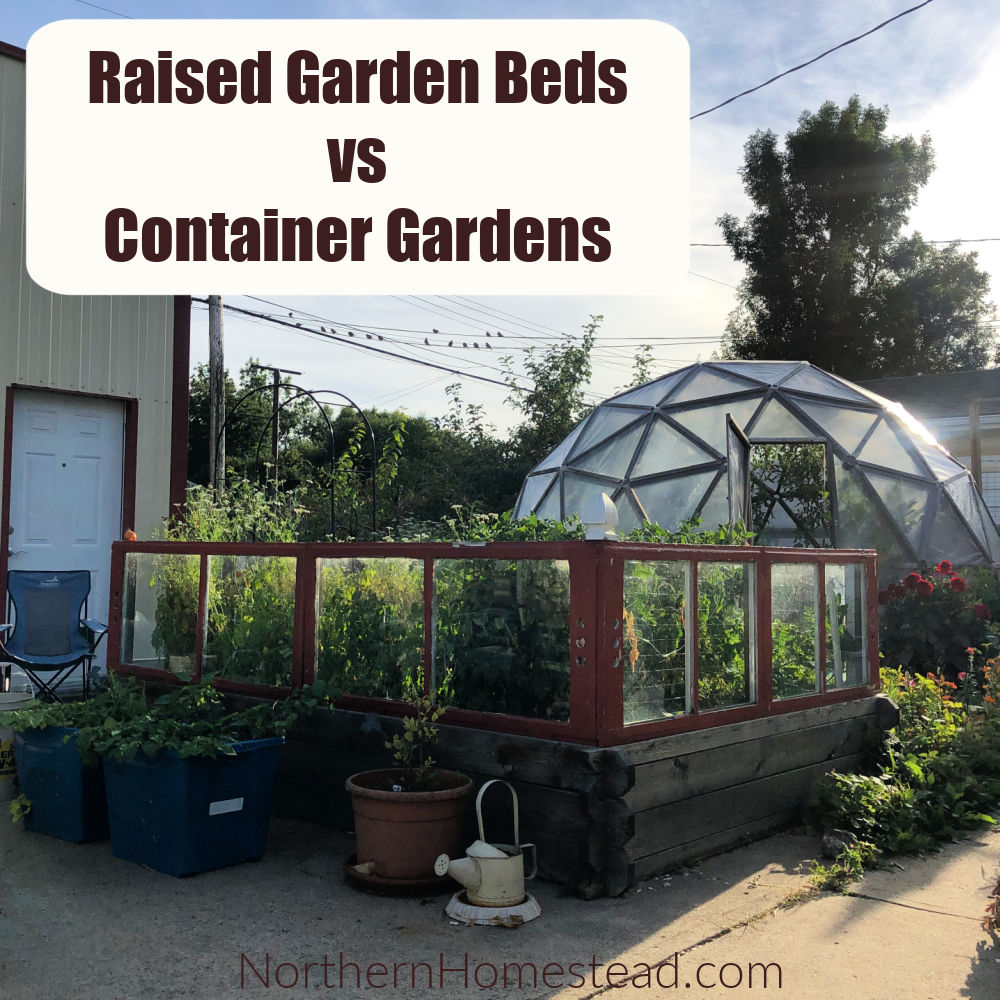
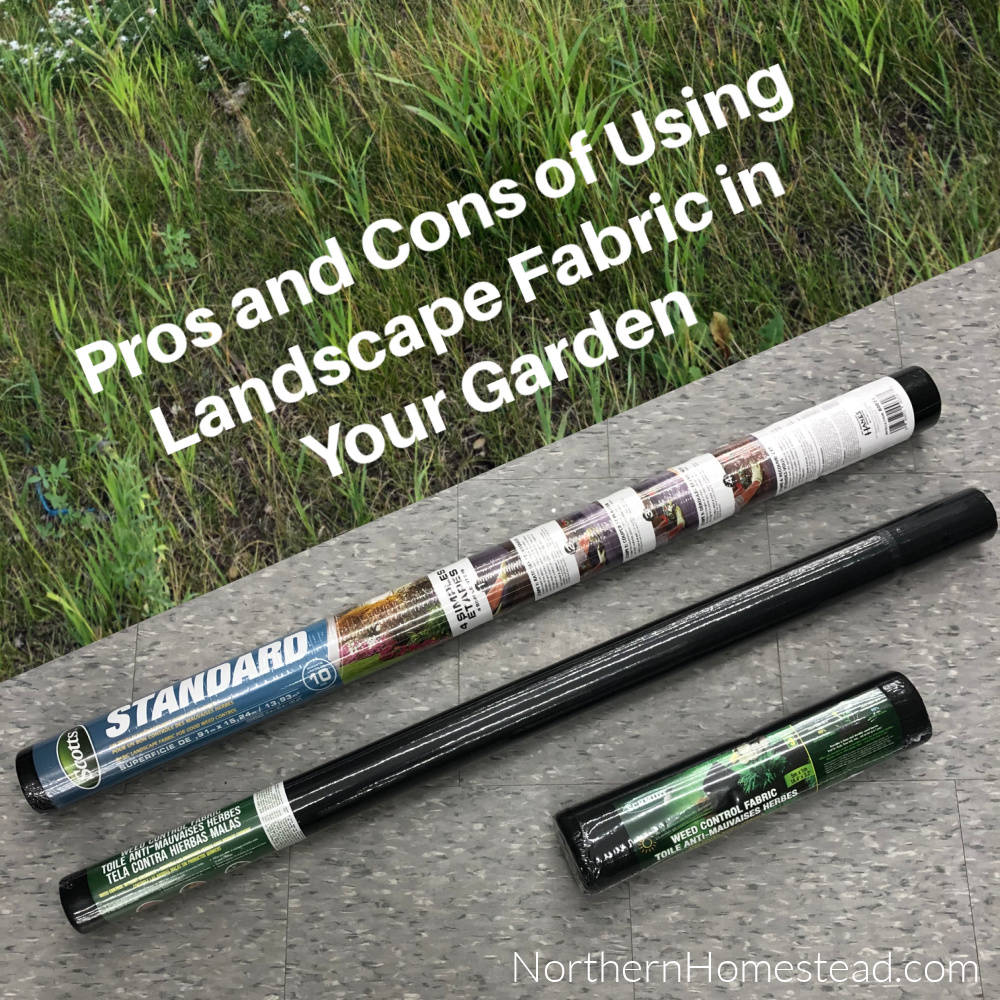
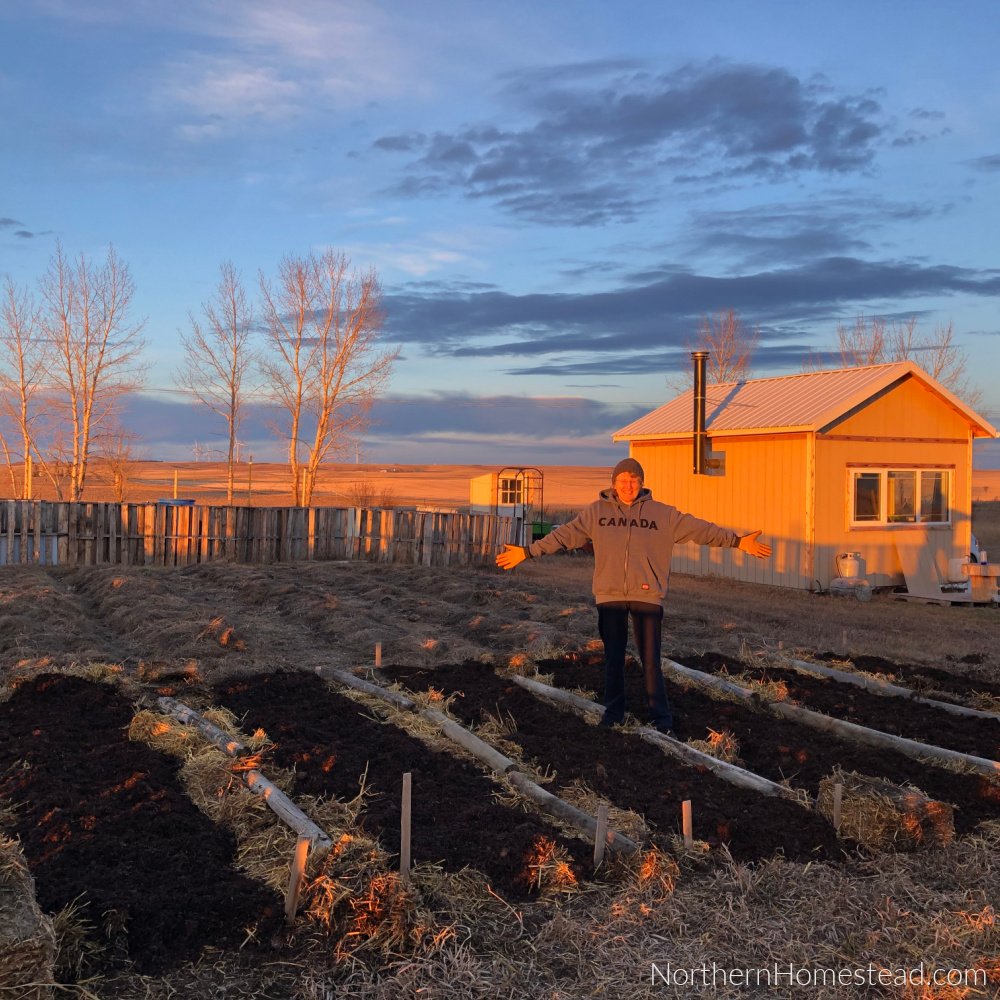

Leave a Reply